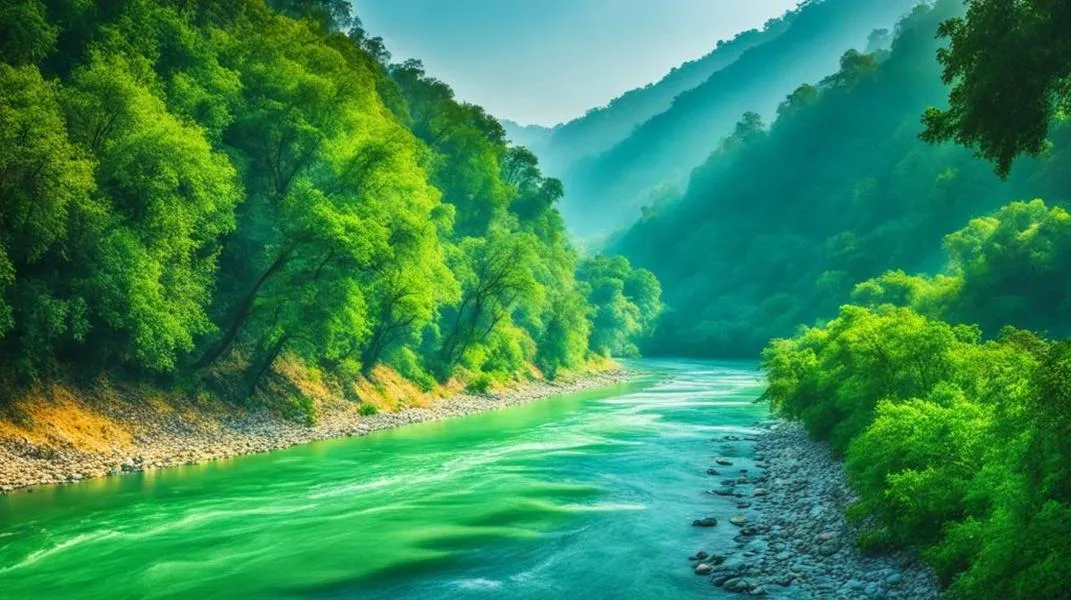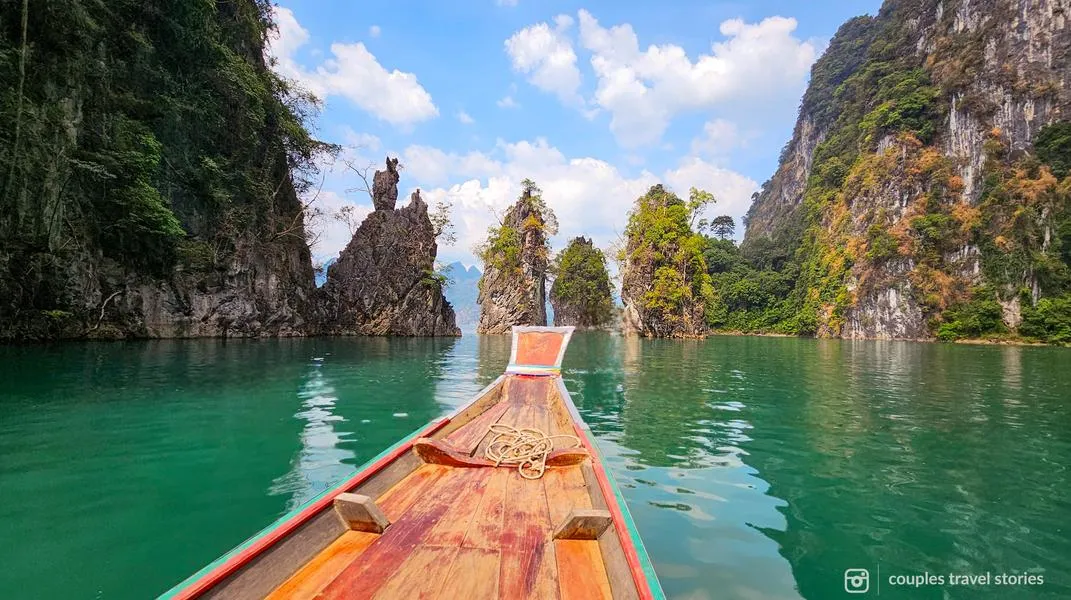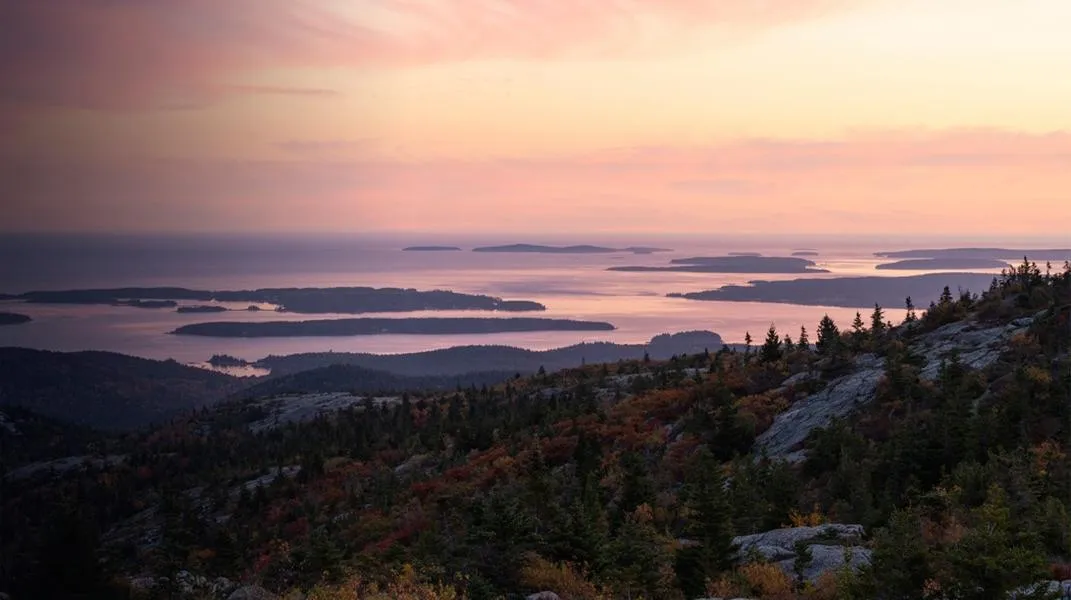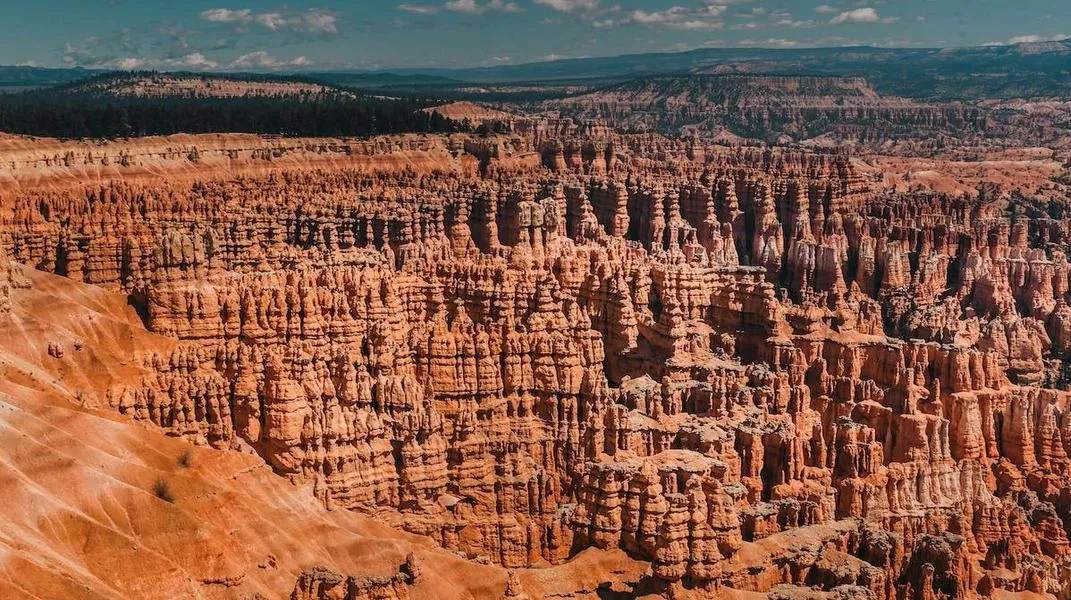Exploring Jim Corbett National Park: A Nature Lover’s Paradise
Nestled in the foothills of the majestic Himalayas, Jim Corbett National Park stands as one of India’s most revered wildlife sanctuaries. Famed for its rich biodiversity, stunning landscapes, and the famous Bengal tiger, this park is a haven for nature lovers, adventure seekers, and wildlife enthusiasts. Established in

A Glimpse of Jim Corbett National Park
Geography and Landscape
Jim Corbett National Park spans over 520 square kilometers and is characterized by its diverse terrain, which includes hills, marshy depressions, rivers, grasslands, and dense forests. It is located in the Nainital district of Uttarakhand, around 260 kilometers from Delhi. The park is divided into several zones, each offering unique experiences and opportunities for wildlife sightings. Some of the prominent zones include Dhikala, Bijrani, Jhirna, Dhela, and Sitabani.
The landscape is a beautiful amalgamation of lush green forests, rolling hills, and meandering rivers. The Ramganga River, which flows through the park, adds to its charm, providing a lifeline to the flora and fauna that thrive in this ecosystem. The park is also surrounded by the majestic peaks of the Himalayas, creating a breathtaking backdrop that enhances its natural beauty.
Flora and Fauna
Jim Corbett National Park is home to a myriad of plant and animal species, making it a biodiversity hotspot. The park's vegetation varies from deciduous forests to evergreen forests, with trees such as sal, teak, and bamboo dominating the landscape. The diverse flora supports a rich population of wildlife, including over 600 species of birds, 50 mammal species, and numerous reptiles.
The park is most famous for its population of Bengal tigers, which are a major draw for tourists. Other big cats like leopards and jungle cats can also be spotted. Visitors can expect to encounter a variety of wildlife, including elephants, deer (chital, sambar, and barking deer), wild boars, and the elusive Indian black bear. Birdwatchers will be delighted by the presence of species like the crested serpent eagle, kingfishers, and various migratory birds, especially during the winter months.
Best Time to Visit
The best time to visit Jim Corbett National Park is from November to June. During these months, the weather is pleasant, making it ideal for wildlife safaris. The park remains closed during the monsoon season (July to September) due to heavy rains, which can make the roads impassable and increase the risk of landslides.
Safari Options
There are several ways to explore the park, with jeep safaris and elephant rides being the most popular. Jeep safaris provide a thrilling experience as visitors can cover more ground and access various zones. Elephant rides offer a unique perspective of the park, allowing visitors to traverse areas that are otherwise inaccessible. Additionally, nature walks and river rafting are available for those seeking a more immersive experience with nature.
Preparing for Your Visit
To make the most of your visit to Jim Corbett National Park, proper preparation is essential. Here is a comprehensive guide on what to pack and how to plan your trip.
Essential Documents
Booking Confirmation: Ensure you have a printout or digital copy of your safari booking confirmation. It’s mandatory to book safari rides in advance, especially during peak season.
Identification: Carry a valid ID proof, such as an Aadhar card, passport, or driver’s license, as it may be required for entry into the park.
Permits: If you plan to visit specific zones like Dhikala, you may need special permits. These should be arranged in advance.
Clothing and Footwear
Comfortable Clothing: Dress in layers to accommodate the varying temperatures throughout the day. Lightweight, breathable fabrics in neutral colors (khaki, brown, olive) are ideal to blend in with the environment.
Warm Layers: During winter months (December to February), mornings and evenings can be chilly, so pack a warm jacket or fleece.
Sturdy Footwear: Comfortable walking shoes or boots are essential for safaris and nature walks. Avoid open-toe shoes to protect your feet.
Rain Gear: If visiting during the shoulder months (October or June), consider bringing a lightweight rain jacket.
Wildlife Watching Gear
Binoculars: Bring a pair of good-quality binoculars for bird watching and to spot wildlife from a distance.
Camera: Capture the beauty of the park with a camera. A DSLR or mirrorless camera with a zoom lens will allow you to photograph animals without disturbing them.
Field Guide: A field guide on local wildlife and birds can enhance your experience, allowing you to identify species you encounter.
Health and Safety
Medications: Carry any personal medications you may need. A basic first-aid kit with essentials like band-aids, antiseptic wipes, and insect repellent is also advisable.
Sunscreen and Sunglasses: Protect yourself from the sun while out on safaris, especially during midday.
Hydration: Bring a reusable water bottle to stay hydrated throughout your visit.
Food and Snacks
While many resorts and lodges offer meal services, it’s a good idea to pack some light snacks, especially if you plan on spending long hours in the park. Energy bars, nuts, and dried fruits make for great options.
Local Etiquette and Guidelines
Respect Wildlife: Maintain a safe distance from animals and avoid making loud noises that can disturb them.
Follow Park Rules: Adhere to all park regulations, including speed limits, designated routes, and timings. Do not venture off the marked paths.
Dispose of Waste Responsibly: Carry out what you carry in, ensuring that the park remains pristine and litter-free.
Accommodation Options
Jim Corbett National Park offers a wide range of accommodation options to suit different budgets and preferences. From luxury resorts to budget guesthouses, here are some popular choices:
Luxury Resorts: Properties like The Riverview Retreat and Aahana The Corbett Wilderness offer plush amenities, fine dining, and spa services while being close to nature.
Mid-Range Hotels: Options like Corbett Theba Resort and Corbett Wilds offer comfortable stays with easy access to the park.
Budget Lodges: For those on a budget, there are numerous budget lodges and homestays that provide basic amenities and a warm local experience.
Activities Beyond Safari
While the primary attraction of Jim Corbett National Park is its wildlife, there are plenty of other activities to enjoy during your visit:
Nature Walks: Guided nature walks provide an opportunity to learn about the ecosystem, flora, and fauna of the region.
Bird Watching: With its rich avian diversity, bird watching is a must for enthusiasts. Various birding trails are available, especially during the winter months.
Visit the Corbett Museum: Located in the former residence of Jim Corbett in Kaladhungi, this museum showcases his life, work, and contributions to wildlife conservation.
Explore Nearby Attractions: The region is also home to scenic spots like Nainital, Ranikhet, and Kausani, which are perfect for day trips.
Conclusion
Jim Corbett National Park is not just a destination; it’s an experience that immerses you in the wonders of nature. From the thrill of spotting a majestic tiger to the tranquility of a forest walk, every moment spent in this national park is unforgettable. With its stunning landscapes, vibrant wildlife, and rich history, Jim Corbett National Park is truly a paradise for wildlife enthusiasts and adventure seekers alike.
Whether you’re a seasoned traveler or a first-time visitor, proper planning and preparation will ensure that your experience in this natural wonderland is as rewarding as the sights you’ll encounter. So pack your bags, bring your sense of adventure, and get ready to explore the enchanting beauty of Jim Corbett National Park!




